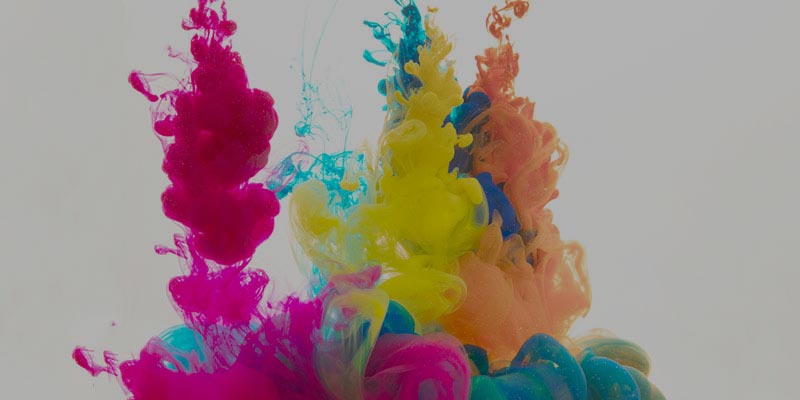Digital textile printing has revolutionized the textile industry, offering enhanced design flexibility and efficient production processes. One of the key advancements in this field is the development of reactive inks specifically formulated for digital printing. While reactive ink brings numerous benefits, it is essential to address the challenges associated with its usage. This blog explores the challenges faced when using reactive ink in digital textile printing and offers insights into overcoming them.
Pre-Treatment and Fabric Preparation:
Reactive inks require pre-treatment of fabrics to ensure proper ink absorption and color fixation. Pre-treatment involves applying chemicals and undergoing additional steps before printing, which adds complexity to the production process. Achieving consistent and uniform pre-treatment can be challenging, and improper preparation may result in uneven color distribution and reduced color fastness. Thorough understanding of pre-treatment techniques and optimal fabric preparation methods is crucial to overcome this challenge.
Color Matching and Reproduction:
Reactive ink digital printing offers vibrant and diverse color options, but achieving accurate color matching and reproduction can be demanding. Factors such as fabric type, ink formulation, printing conditions, and color calibration can influence color accuracy. Calibration of printing equipment, precise ink formulations, and color management software are essential to achieve consistent and accurate color reproduction. Collaboration between designers, technicians, and ink manufacturers can help address color matching challenges effectively.
Wash Fastness and Durability:
While reactive ink provides excellent color fastness, ensuring optimal wash fastness and durability remains a challenge. Factors such as fabric composition, ink penetration, fixation methods, and post-printing treatments affect the ink’s ability to withstand repeated washing and maintain color vibrancy. It is crucial to perform thorough testing to ensure that the printed textiles meet the required durability standards. Optimization of printing parameters, ink formulations, and post-printing treatments can help enhance wash fastness and durability.
Production Speed and Efficiency:
Digital textile printing is favored for its quick turnaround times compared to traditional methods. However, achieving high production speeds and efficiency with reactive ink can be challenging. Reactive ink requires sufficient drying and curing time to ensure proper fixation. Insufficient drying time can lead to color bleeding or smudging. Optimizing printing conditions, investing in advanced drying and curing technologies, and streamlining the production workflow are key strategies to overcome this challenge and improve overall production efficiency.
Cost Considerations:
Implementing reactive ink digital printing can involve significant upfront costs, including investment in digital printers, pre-treatment equipment, and ink supplies. Additionally, reactive inks tend to be more expensive compared to other ink types, which can impact the overall production costs. To address this challenge, careful financial planning, understanding the return on investment, and exploring cost-effective ink options can help mitigate the initial cost challenges associated with reactive ink printing.
Reactive ink has brought remarkable advancements to digital textile printing, providing vibrant colors, design flexibility, and durability. However, it is crucial to recognize and overcome the challenges associated with its usage. By addressing pre-treatment and fabric preparation, focusing on color matching and reproduction, enhancing wash fastness and durability, improving production speed and efficiency, and considering cost implications, textile manufacturers can navigate the challenges of reactive ink digital printing effectively. As the industry continues to innovate and refine digital printing processes, collaborative efforts and continuous improvement strategies will pave the way for maximizing the potential of reactive ink in digital textile printing.


